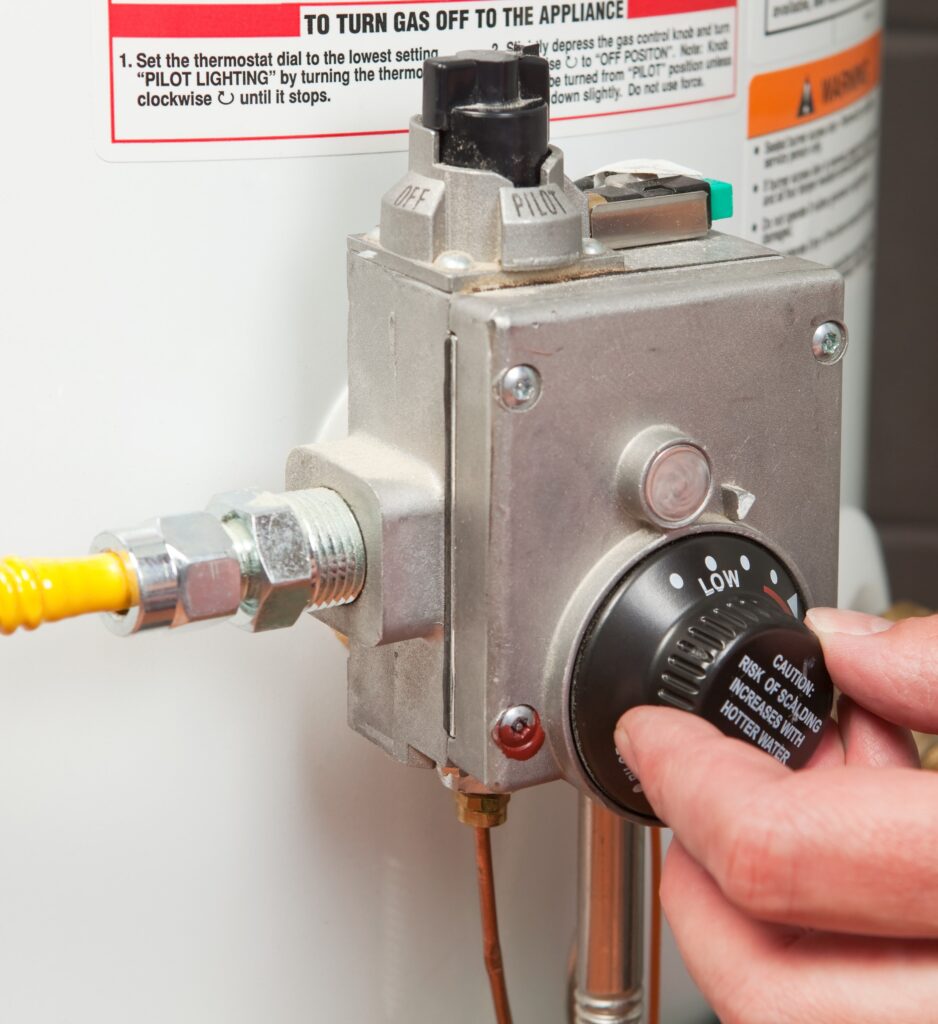Trusted Brands





Sump Pump Repair & Replacement
Don’t Let a Faulty Sump Pump Cause Home Damage!
Reasons Why Sump Pumps Fail:
- Lack of Maintenance – Sump pumps need regular checkups to stay in good shape, but many homeowners skip this. Debris, dirt, or mineral buildup can clog the pump or jam the float, causing it to stop working when a big rain hits.
- Power Outages – Sump pumps rely on electricity, and heavy storms often knock out power. Without a backup battery or generator, your pump can’t run, leaving your basement at risk of flooding during the worst times.
- Old Age – Most sump pumps last 7-10 years, but wear and tear takes its toll. Over time, parts like the motor or impeller break down, making the pump less reliable or causing it to fail completely.
- Improper Installation – A sump pump that’s not installed correctly might not handle water effectively. Issues like a poorly sized pump or wrong pipe setup can lead to backups or burnout, especially during heavy rain.
- Clogged Discharge Lines – The pipe that carries water away from your home can get blocked by dirt, roots, or ice. If water can’t flow out, the pump overworks and may fail, letting water pool in your basement.

Can a Sump Pump Be Repaired Instead of Replacing?
Frequenty Ask Question
A sump pump removes water that collects in a basement or crawlspace, preventing flooding. It pumps water out to a safe drainage area, protecting your home’s foundation. Most run automatically when water levels rise.
Test it by pouring water into the sump pit until the pump turns on. If it doesn’t start or struggles to clear the water, it may need repairs or replacement.
A pump that runs constantly might have a stuck float switch or a clogged discharge line. It could also mean high groundwater levels overwhelming the system. Check for blockages or damage to avoid burnout.
A failed sump pump can lead to basement flooding, damaging walls, floors, and belongings. Water can also weaken your home’s foundation, causing costly structural issues.
A bad smell often comes from stagnant water or mold in the sump pit. Cleaning the pit and pump regularly can prevent odors and keep the system healthy.
Loud noises like grinding or rattling can mean a worn-out motor, loose parts, or debris in the pump. These issues can lead to failure if not fixed quickly.
Standard sump pumps need electricity, so they stop during power outages. A battery backup or generator can keep the pump running during storms when power often fails.
Check your sump pump every 3-6 months to ensure it’s clear of debris and working properly. Annual professional maintenance can catch problems before they lead to failure.

